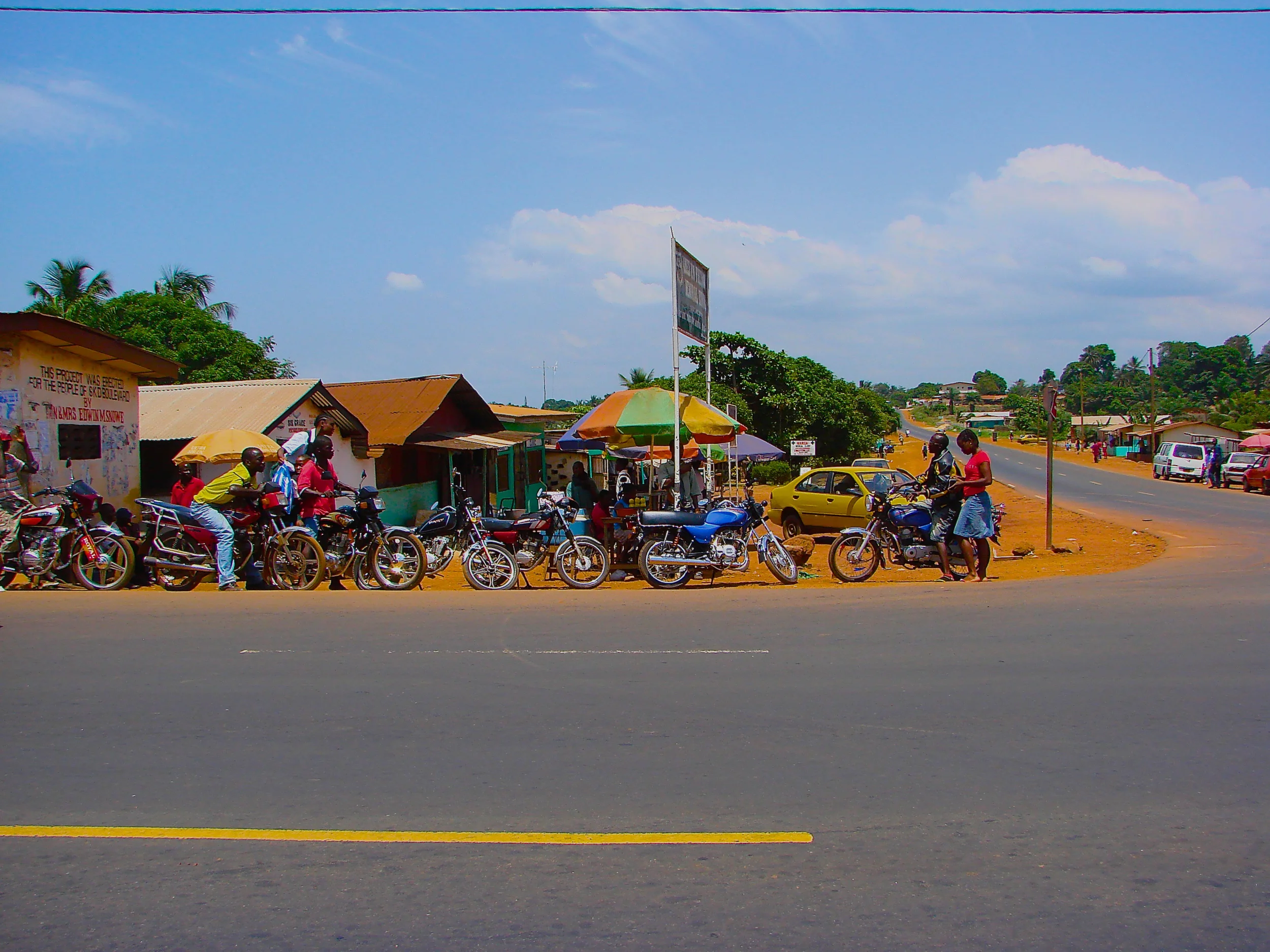Solitary Confinement Is Cruel and All Too Common
/This article is reposted in its entirety from The New York Times and is written by their Editorial Board.
If mass incarceration is one of modern America’s deepest pathologies, solitary confinement is the concentrated version of it: far too many people locked up for far too long for no good reason, at no clear benefit to anyone.
The practice “literally drives men mad,” Justice Anthony Kennedy of the Supreme Court said in an appearance before Congress last March, highlighting the case of a California man isolated for 25 years. In July, President Obama became the first president to denounce the use of solitary. Locking people up alone for years or decades, he said, “is not going to make us safer. That’s not going to make us stronger. And if those individuals are ultimately released, how are they ever going to adapt?”
These remarks are notable only because they come from the highest levels of government. Many Americans have been aware of the horror of indefinite solitary confinement for years.
On Tuesday, the slow push for meaningful reform got a big shove in the right direction. In a sweeping, unprecedented class-action settlement, California officials agreed to a drastic overhaul of the state’s solitary confinement system, the largest, most indiscriminate and most brutal in the country.
Alex Nabaum
The settlement — which ends a lawsuit brought on behalf of a number of long-serving inmates — will mean the immediate release of more than 1,000 isolated inmates back into the general prison population. When the suit was filed in 2012, 500 of these inmates had been held for more than 10 years in tiny, windowless cells with virtually no human contact. At most, they had 90 minutes a day to take a shower or stand alone in a concrete “yard.” (A 2011 United Nations report said that stays longer than 15 days could amount to torture.)
The offenses that landed them in solitary? Most often, it was evidence that they were “affiliated” with a prison gang, whether or not they had broken any rules. The risk they posed to other inmates was rarely a factor. Still, they had to wait six years for a chance at review. Any evidence of continuing gang ties meant at least six more years.
Since 2011, tens of thousands of California inmates have gone on hunger strikes to protest the state’s use of solitary confinement. Under the settlement — negotiated by the Center for Constitutional Rights, which represents the inmates — California will end indefinite solitary sentences. In all, the reforms are expected to reduce the state’s solitary population, which is now over 2,800, by more than half.
The reduction will come from two groups. Prisoners who have been held for 10 or more years will be moved to a special restricted unit with other inmates, where they can take educational courses and have normal human contact as they prepare to return to the general population.
And all those held in solitary because of gang connections will be released immediately to the general population, unless they have recently committed a serious offense — like assault, possessing a weapon, or selling drugs. Even in those cases, there is a clear, time-limited path for inmates to work their way out of solitary.
The national problem remains. Despite important reform efforts by officials in states like Colorado, Washington and Ohio, on any given day at least 80,000 people are held in some version of solitary. And despite overwhelming evidence of the psychological damage solitary confinement inflicts on inmates, no court has yet ruled that it violates the Constitution’s ban on cruel and unusual punishment. (A concurring opinion by Justice Kennedy in June hinted strongly that he would be open to such a claim.)
Therein lies the importance of California’s settlement: If a state with the worst record can do something to reduce its reliance on solitary, broad reform is surely possible around the country. Obviously prison officials need flexibility in managing truly dangerous or vulnerable inmates. But as those officials themselves have begun to agree, locking people in near-total isolation for years is not the answer.









